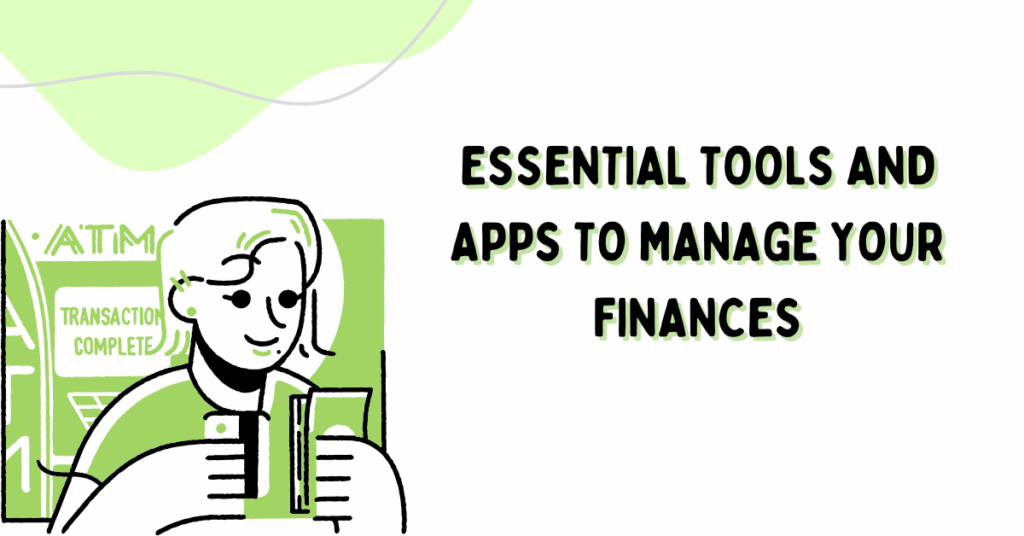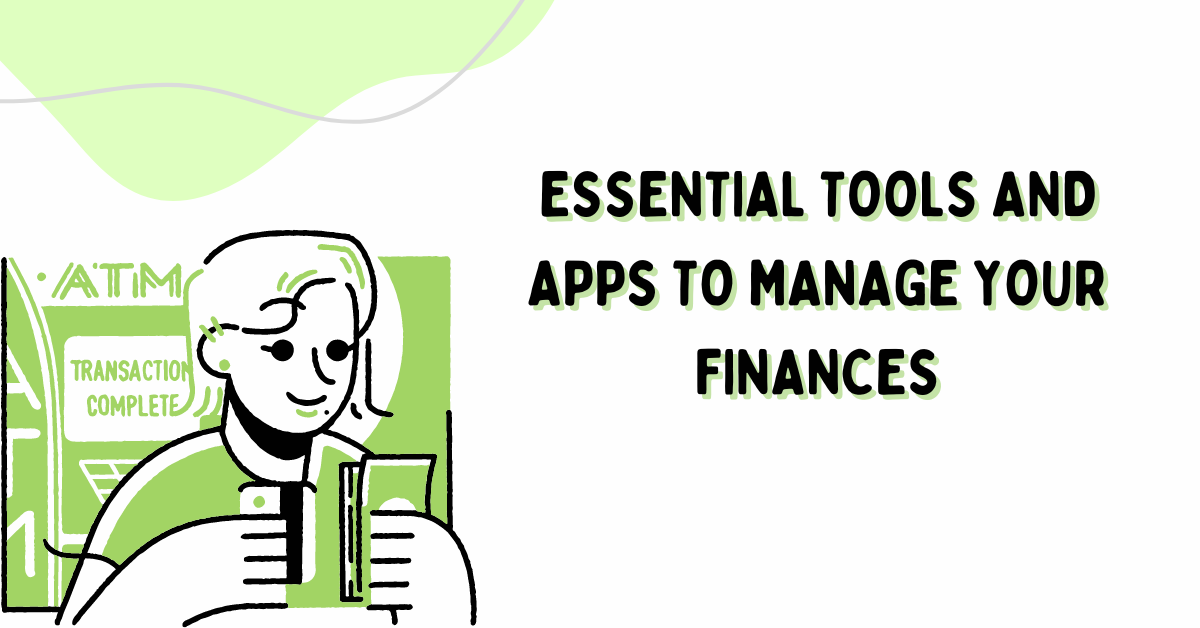In today’s uncertain world, having a robust emergency fund is more important than ever. An emergency fund is a financial safety net, providing peace of mind and protection against unexpected expenses such as medical bills, car repairs, or job loss. However, building an emergency fund requires careful planning, discipline, and commitment. In this comprehensive guide, we’ll explore the importance of an emergency fund, how to determine your savings goal and practical strategies for building and maintaining your fund to ensure financial security in times of need.

Section 1: Understanding the Importance of an Emergency Fund
Before delving into the specifics of building an emergency fund, it’s essential to understand why having one is crucial for your financial well-being. In this section, we’ll explore the importance of an emergency fund and the benefits it provides:
- Financial Stability: An emergency fund provides you with a financial safety net, allowing you to cover unexpected expenses without derailing your budget or going into debt.
- Peace of Mind: Knowing you have money set aside for emergencies can alleviate stress and anxiety, enabling you to focus on other aspects of your life confidently and with peace of mind.
- Protection Against Debt: Without an emergency fund, unexpected expenses may force you to rely on credit cards or loans to cover the costs, leading to high-interest debt and financial strain in the long run.
- Flexibility and Freedom: Having an emergency fund allows you to handle unforeseen circumstances without relying on external sources of financial assistance, such as loans from family members or friends.
Section 2: Determining Your Emergency Fund Savings Goal
The first step in building an emergency fund is determining how much money you need to save to cover your expenses in case of an emergency. In this section, we’ll explore how to calculate your emergency fund savings goal:
- Assess Your Expenses: Start by calculating your monthly expenses, including rent or mortgage payments, utilities, groceries, insurance premiums, and other essential costs.
- Estimate Your Living Expenses: Determine how much money you would need to cover your living expenses for a specific period, such as three to six months. This will serve as the foundation for your emergency fund savings goal.
- Consider Your Individual Circumstances: Consider factors such as your employment status, health insurance coverage, and any potential sources of income or financial support in case of an emergency.
- Factor in Special Considerations: Depending on your personal circumstances, you may need to adjust your emergency fund savings goal to account for factors such as dependents, health issues, or other unique considerations.
Section 3: Strategies for Building Your Emergency Fund
With your emergency fund savings goal in mind, it’s time to explore practical strategies for building and growing your fund. In this section, we’ll outline a variety of strategies to help you reach your savings goal:
- Start Small: If you’re new to saving or on a tight budget, start by setting small, achievable savings goals and gradually increasing them over time. Even saving a few dollars each week can add up over time and help you build momentum.
- Create a Budget: Develop a budget that outlines your income, expenses, and savings goals. Identify areas where you can cut costs or reduce spending, and allocate the savings towards your emergency fund.
- Set Up Automatic Transfers: Automate your savings by setting up automatic transfers from your checking account to your emergency fund savings account. This ensures that you consistently contribute to your fund without having to think about it.
- Use Windfalls and Bonuses: Take advantage of windfalls such as tax refunds, bonuses, or unexpected cash gifts to boost your emergency fund. Instead of splurging on non-essential purchases, allocate a portion of windfall income towards your savings goal.
- Cut Discretionary Expenses: Review your discretionary expenses, such as dining out, entertainment, and subscriptions, and look for opportunities to cut costs. Consider implementing a “no-spend” challenge or finding free or low-cost alternatives to your usual activities.
- Increase Your Income: Explore opportunities to increase your income, such as taking on a side hustle, freelancing, or pursuing additional education or training. Use the extra income to accelerate your savings progress and reach your emergency fund savings goal faster.
- Save Windfalls and Unexpected Income: Instead of spending unexpected income such as tax refunds, gifts, or inheritance, allocate a portion to your emergency fund. This unexpected income can significantly boost your savings and help you reach your goal sooner.
- Prioritize Your Emergency Fund: Make building your emergency fund a top priority in your financial plan. Treat it as an essential expense, like rent or groceries, and allocate a portion of your income towards your monthly savings goal.
- Use Savings Challenges: Participate in savings challenges such as the “52-week savings challenge” or the “no-spend challenge” to motivate yourself and stay on track with your savings goals. These challenges provide structure and accountability, making sticking to your savings plan easier.
- Monitor Your Progress: Regularly monitor your progress towards your emergency fund savings goal and celebrate milestones along the way. Use visual aids such as progress trackers or savings thermometers to visualize your progress and stay motivated.
Section 4: Maintaining Your Emergency Fund
Once you’ve built your emergency fund, it’s essential to maintain it and ensure that it remains sufficient to cover your expenses in case of an emergency. In this section, we’ll explore strategies for maintaining your emergency fund and adapting to changing circumstances:
- Regularly Review Your Budget: Review your budget regularly to ensure that it accurately reflects your current income, expenses, and savings goals. Adjust your budget as needed to accommodate changes in your financial situation or lifestyle.
- Replenish Your Fund After an Emergency: If you need to use funds from your emergency fund to cover an unexpected expense, prioritize replenishing the fund as soon as possible. Resume your regular savings contributions and allocate any windfalls or extra income towards rebuilding your fund.
- Keep Your Emergency Fund Separate: Keep your emergency fund separate from your day-to-day spending accounts to avoid temptation and ensure that the money is readily accessible when needed. Consider opening a high-yield savings account or money market account for your emergency fund to earn a higher interest rate.
- Review and Adjust Your Savings Goal: Periodically review your emergency fund savings goal to ensure that it remains sufficient to cover your expenses in case of an emergency. Consider factors such as changes in living expenses, income, or family circumstances, and adjust your savings goal accordingly.
- Celebrate Milestones: Celebrate milestones and achievements as you work towards your emergency fund savings goal. Recognize the progress you’ve made and the financial security you’ve achieved, and use it as motivation to continue building and maintaining your fund.
Conclusion
Building an emergency fund is essential to financial security and peace of mind. By understanding its importance, determining your savings goal, and implementing practical strategies for building and maintaining it, you can confidently protect yourself against unexpected expenses and weather financial storms.
Start small, stay consistent, and celebrate your progress – your future self will thank you for it.



Hello
thank you